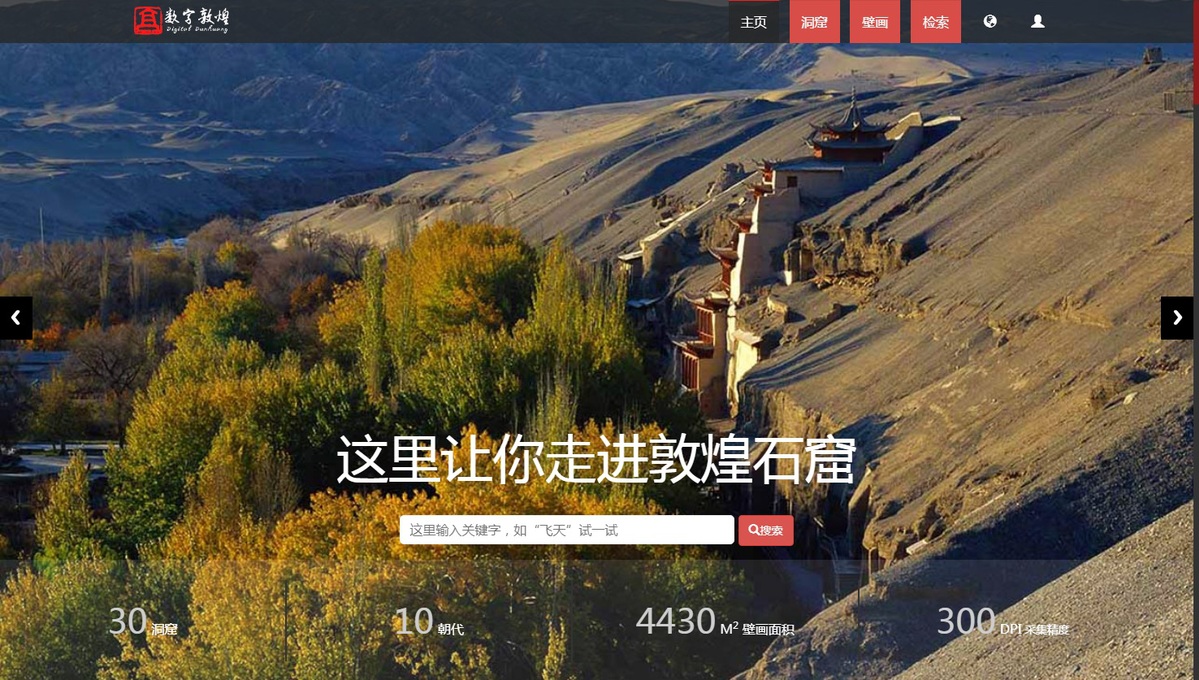Cultural gems still visible from home
Virtual offerings complementing physical visits to help fuel major digital trends


Home and beyond
Many people are beginning to venture outdoors again with springtime and Chinese authorities' headway in containing the coronavirus outbreak, but the comfort and ease of experiencing the virtual artworks and performances have hit home. Industry leaders believe the platforms' new popularity will continue to draw audiences beyond the anti-epidemic measures.
"Our family started viewing exhibits and visiting art institutions online because of the self-isolation measures," Beijing logistics executive Lin Jiayi said.
"But we actually began to get used to the convenience of doing all this from home. It's like the home-exercising, distance-learning and work-videoconferencing apps, all making various activities and tasks very accessible by going online," said Lin, 36.
"Of course, it's still good to get outdoors for some fresh air. But think of it as a nice option to stay indoors, for those rainy days or when we just simply want to."
Huang Rihan, executive director of the China Digital Economy Institute, said the latest developments in the digital economy are expected to continue post-epidemic, with major improvements and disruptions to multiple sectors across society.
"Through those e-platforms, goods and services are continuously being distributed … This is the position of China's digital economy. It has a huge effect not only domestically but also internationally, which is why it's important to strengthen its development," said Huang, speaking at an online forum that brought together major analysts from the public and private sector to discuss growing interest in the new digital infrastructures.
"The 'digital infrastructure' is very important now … science and technology are the primary productive forces. The digital economy can not only help China's real economy, but also enable its future economic development to fuel long-term momentum," Huang said.
Through major software and hardware applications in sectors ranging from education and entertainment to catering and communications, participants of the forum agreed that the digital economy is poised to take big strides in the changing landscape, powered by latest technologies at the workplace and within individuals' private space.
Wang Jian, professor at the University of International Business and Economics in Beijing, said many significant changes are in store for the Chinese economic model, with digital innovation expected to spearhead much of the advances in the business and services sectors.
"The internet and e-commerce have been developing in China for nearly 20 years. In past decades, China's economic development model has produced a very important change," he said.
"Many sectors are now carrying out a so-called digital transformation, and at the same time, we also see that the digital support platforms for markets are basically being perfected."
Applying digital developments to cover industries more fully, including small and medium-sized enterprises, and paying greater attention to the integration of payment systems and cybersecurity issues, will be some of the notable areas that need addressing going forward, Wang said.
























